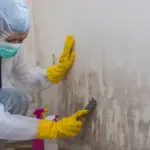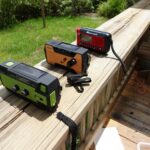When water invades your space, and you wonder “how do you remove water without a pump?”, removing it might seem daunting. Fear not—our guide will walk you through alternative methods to extract water efficiently. Discover manual removal strategies, siphoning techniques, and other resourceful approaches right from your toolkit to help banish the unwanted water, while keeping bulk information for the rest of the article.
Key Takeaways
-
Basic manual water removal methods like mopping, siphoning, and wet vacuums are effective for handling unexpected floods and can be immediately applied to mitigate damage.
-
Generators can play a critical role in water removal during power outages, allowing essential equipment like sump pumps and wet vacuums to continue operating and preventing water damage.
-
After water removal, it’s vital to prevent structural damage and mold growth by thoroughly drying, cleaning, and disinfecting affected areas and to prepare for future flooding by installing backup sump pumps and waterproofing basements.
Manual Water Removal Techniques
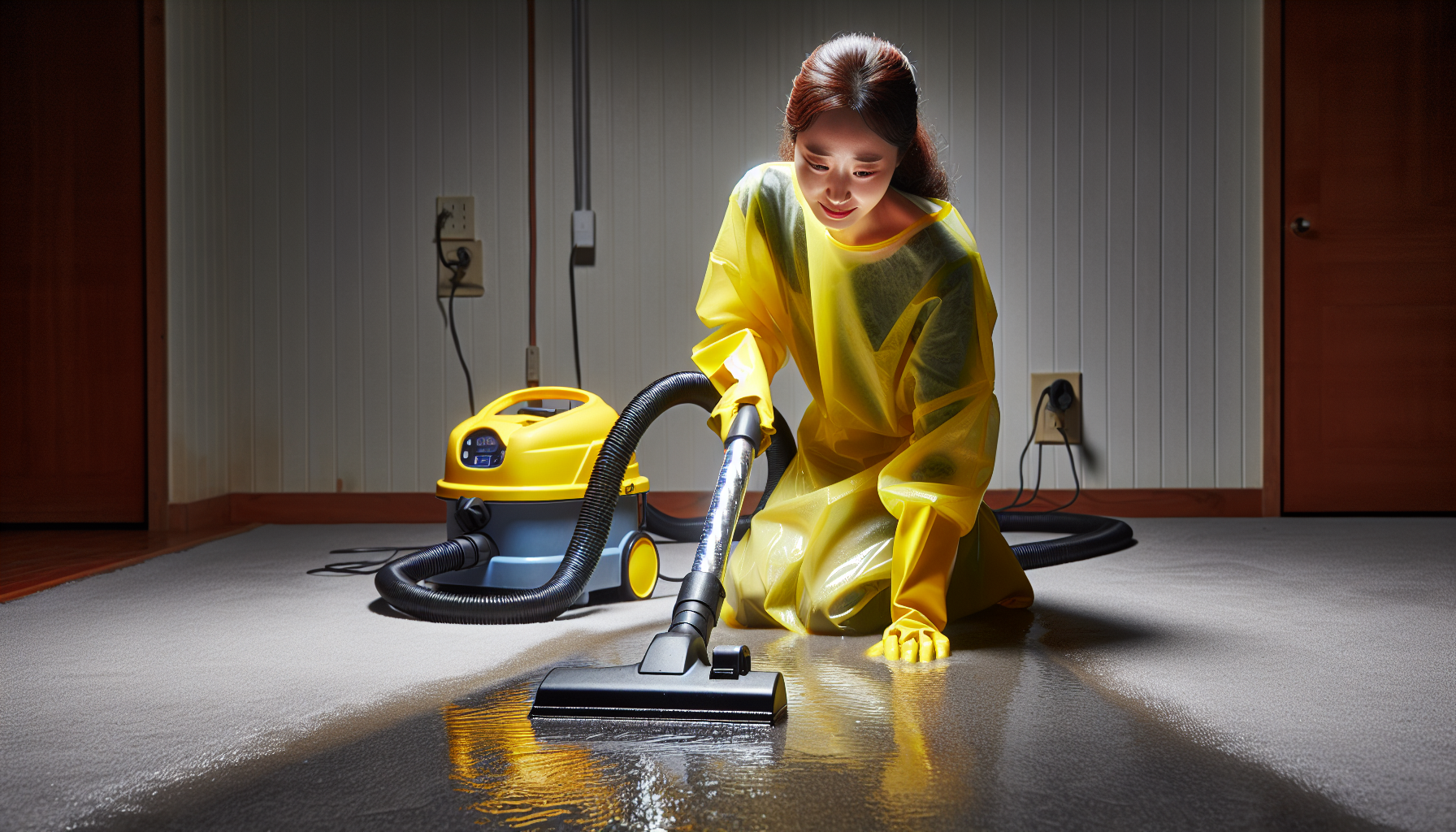
When an unexpected flood hits, the first line of defense doesn’t have to be a high-tech water pump. In fact, sometimes the simplest methods are the most effective. Manual water removal techniques are not only practical but also accessible, providing immediate solutions when time is of the essence.
Whether it’s a small puddle or a larger area that’s been affected, the right approach can mitigate water damage and save the day. From the age-old mop and bucket to the ingenuity of siphoning, these techniques utilize basic principles of physics and a bit of elbow grease to get the job done.
Mopping Small Areas
The humble mop can be a hero in times of minor floods. Here’s how to use it effectively:
-
Use a large bucket to extract the standing water as swiftly and decisively as possible.
-
Wield your mop like a knight’s sword, soaking up the remaining moisture.
-
Wring out the mop with determination until the floor is clear and the threat is neutralized.
Remember, this remaining water isn’t just any liquid – it’s an intruder, and you want to dispose of it as far from your home as possible, at least 20 feet, to prevent it from returning to do more damage.
Siphoning Water
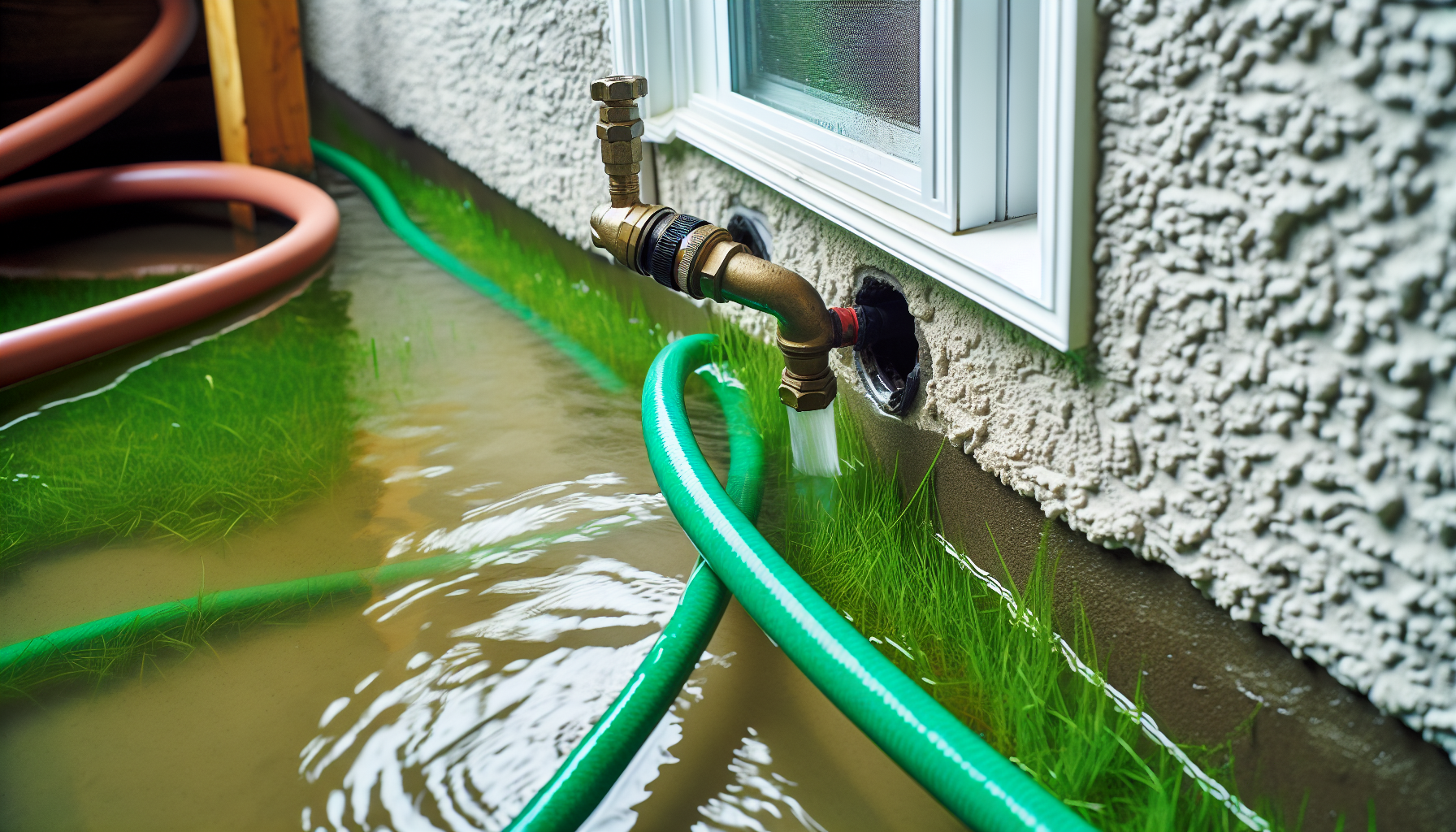
Yet, what happens if the water extends beyond a manageable area? Siphoning, an ingenious method that requires nothing more than a garden hose and gravity, can reclaim your space. Place one end of the hose into the watery abyss and the other end outside, lower than the source, to create a vacuum that will siphon water out with surprising efficiency. This is more than a mere trick; it’s the application of science.
The siphoning effect will initiate the draining process, as long as the intake remains submerged, and you’ll feel like a basement wizard, banishing floodwater with a simple flick of the hose.
Wet Vacuum for Larger Puddles
For those dealing with a larger water issue, a wet vacuum is prepared to tackle it. This versatile tool:
-
Sucks up water from floors and carpets
-
Quickly turns a potential disaster into a manageable situation
-
Ensures safety by being plugged into a GFCI outlet
-
Devours puddles with voracious efficiency
But be vigilant – the sound of the motor will change when the canister is full, a signal to empty its belly and continue the battle.
For those with a wet vacuum that includes a built-in pump feature, the task is even simpler, as it enables you to drain the water using a garden hose, keeping your area dry.
Generator-Powered Solutions
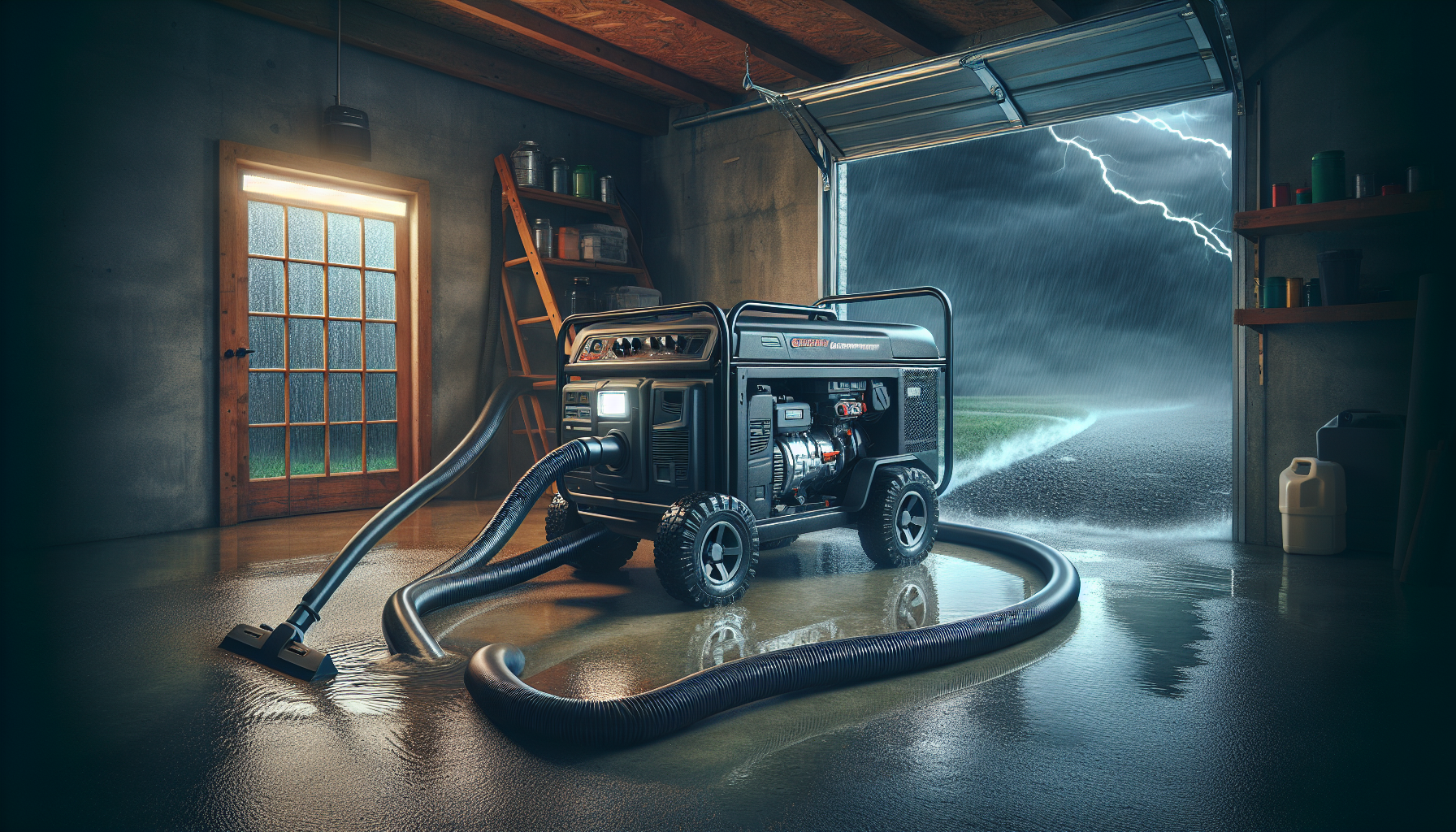
When power supply fails and darkness prevails, a generator can sustain your water removal endeavors. Power outages don’t necessarily signify defeat; with a generator, you can ensure your water removal tools continue to combat the flood effectively, even in the case of a mechanical failure. The key is the generator’s capacity to deliver that initial surge of electricity, breathing life into your sump pump or wet vacuum and turning the tide in your favor.
Powering a Working Sump Pump
A sump pump without power is like a ship without a sail – but connect it to a generator, and it’s ready to navigate through the stormiest of basements. With an extension cord as your lifeline, you can ensure that your sump pump continues its vigilant watch, pumping away floodwater even as the world outside stands still, all without a pump.
Keep in mind, the generator should be trustworthy, able to operate for extended periods to prevent your basement from becoming an indoor lake.
Running a Wet Vacuum with a Generator
What about the wet vacuum, the dependable protector of dry floors? In the absence of traditional power, a generator can supply the needed energy to keep this tool in the fight against encroaching waters. It’s not just about keeping the lights on; it’s about mobilizing all resources in the quest to reclaim your home from the clutches of a flood.
Preventing Structural Damage and Mold Growth
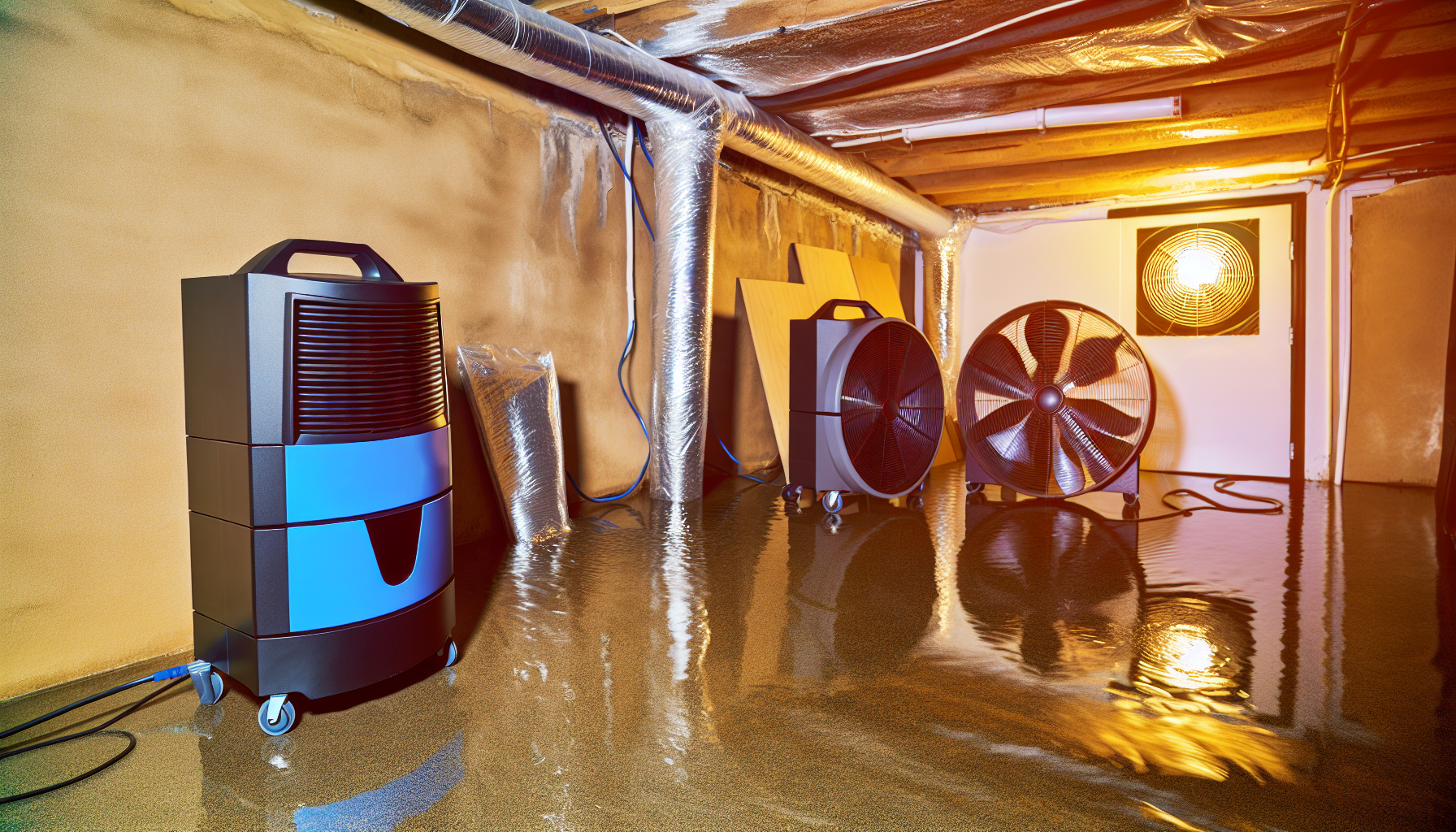
Water may have been removed, but the battle is not over. The aftermath of a flood is a critical time to prevent the invisible threats of structural damage and mold growth. Unchecked flood water moisture can silently erode the structural integrity of your home. It’s important to mention structural damage as a potential consequence of not addressing these issues promptly.
Utilize fans, dehumidifiers, and the power of ventilation to dry out every nook and cranny, protecting your sanctuary from the mold’s insidious creep.
Drying Out the Area
To dry out an area is to secure it from future harm. Dehumidifiers and fans are the unsung heroes in this phase, tirelessly working to lower humidity levels and speed up the drying process.
Maintain the air conditioning and open every door and window to allow a breeze to eliminate lingering moisture, restoring tranquility to your home.
Cleaning and Disinfecting
But drying is only half the battle. The war against water damage continues with cleaning and disinfecting, the crucial steps that ensure your home doesn’t become a breeding ground for mold and mildew. Don your armor of rubber gloves and a respirator, and wield bleach and mold prevention solutions to sanitize every surface.
This cleanup process is more than just tidying up – it’s an endeavor for health and safety, safeguarding your home and family from unseen perils that persist after a flood.
Professional Water Removal Services
Occasionally, the magnitude of the flood or the intricacy of the damage necessitates the intervention of professional water removal services. These champions come armed with specialized equipment and expertise to tackle even the most daunting of water woes, including larger flooding jobs. They stand ready, day and night, to respond to your call, transforming your flooded basement into a dry haven with speed and precision.
Trash Water Pump Services
In the face of a deluge, trash water pump services are the heavy artillery. They dispatch large volumes of water swiftly, handling debris with ease to prevent clogging and ensure nothing stands in the way of a dry basement. Trust in their ability to pump water and deal with emergencies of all magnitudes, knowing that their specialized equipment is designed for such critical missions.
Water Damage Restoration Companies
But what becomes of the waterlogged possessions that hold memories and value? Water damage restoration companies are the restorers of the past, cleaning and salvaging what you hold dear. These professionals do more than just remove water; they revive your belongings by employing restoration techniques to clean everything from:
-
furniture
-
cherished photographs
-
electronics
-
documents
-
clothing
And when the paperwork seems daunting, they liaise with your insurance firm, smoothing out the process and helping you focus on what matters most – your recovery, while also ensuring you receive personalized content and ads relevant to your situation by the way they use cookies and data.
Preparing for Future Flooding
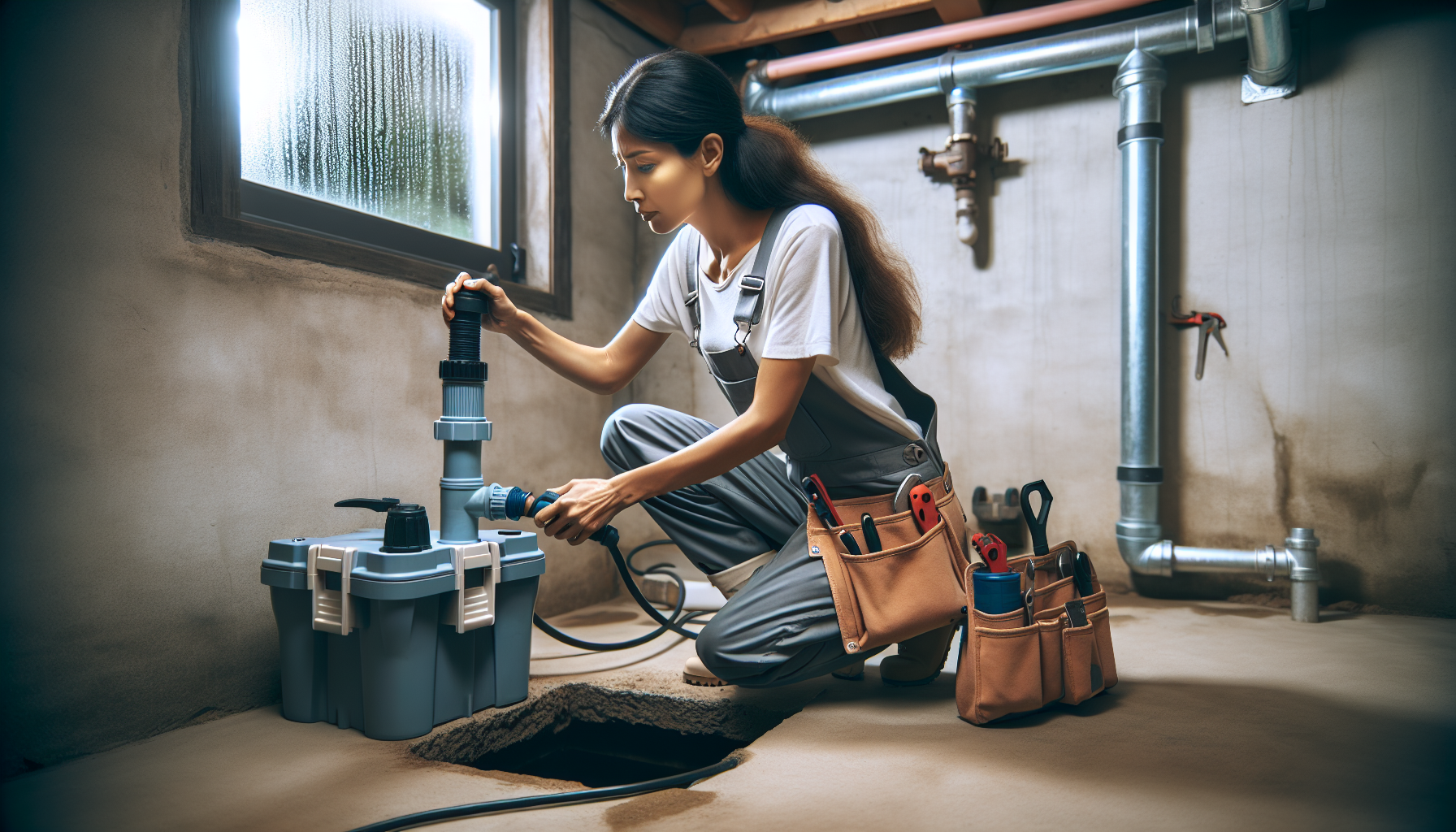
Even though the waters have subsided and your home is dry, the risk of future flooding remains. Preparing for the next storm is as important as dealing with the current one. It’s about fortifying your defenses, installing a backup sump pump, and waterproofing your basement to ensure that when the rain comes, you remain unscathed.
Installing a Backup Sump Pump
A backup sump pump acts as a silent protector, ready to step in when the primary pump fails or gets overwhelmed. It requires no oversight, automatically starting as the water rises in the sump pit, ensuring that your basement remains a sump pump hold stronghold against the storm. With sump pumps like these, you can have peace of mind knowing your home is protected.
Waterproofing Your Basement
Waterproofing your basement serves as a defense against potential water infiltration. Sealing walls, applying coatings, and installing proper drainage systems are the fortifications that will keep your basement dry and your peace of mind intact. This goes beyond mere prevention; it’s a statement that your home will resist future flooding.
Summary
As we’ve navigated the waters of water removal, we’ve uncovered the simplicity of manual methods, the resilience of generator-powered solutions, and the might of professional services. We’ve learned to dry, to clean, to defend, and to prepare for the future. Armed with these strategies, you’re now equipped to face the torrents that life may throw your way, confident that you can keep your home safe and dry.
Frequently Asked Questions
How do you drain water without a pump?
You can drain water without a pump by using a mop and bucket, turning on fans, running a wet and dry shop vacuum, soaking up water with towels, and using a dehumidifier. Another method is to create a siphon by placing the end of a hose at a lower level than the water source.
What can I use to pump out water?
You can use a variety of pumps to remove water, such as transfer pumps, submersible pumps, and sump pumps. Consider the size of the area and amount of water when choosing a pump.
What should I do after removing standing water to prevent damage?
After removing standing water, it’s crucial to dry out the area using dehumidifiers and fans, then clean and disinfect all surfaces to prevent mold growth. Monitor the area to ensure no moisture remains.
How can I prepare my home to prevent future flooding?
To prevent future flooding in your home, you can install a backup sump pump for added protection and waterproof your basement by sealing walls, applying waterproof coatings, and ensuring proper rainwater diversion systems are in place. Protecting your home from flooding is crucial to avoid costly damage in the future.
Are there professional services that can help with water removal and damage restoration?
Absolutely, there are professional companies specialized in water removal and damage restoration that can assist with pumping out floodwater, cleaning personal items, and even helping with insurance claims.

